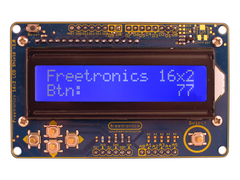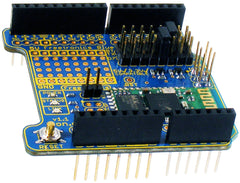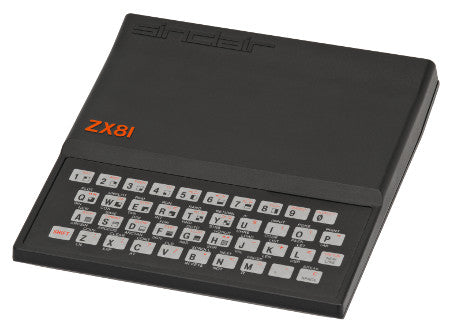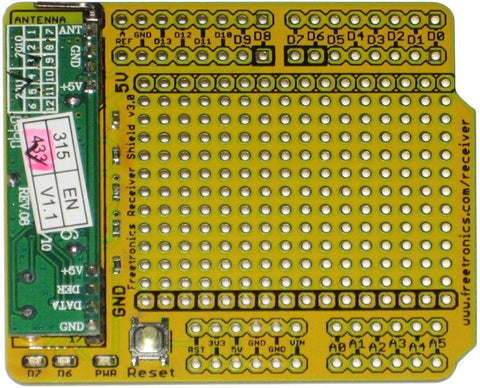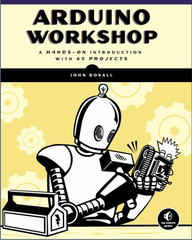An an educational exercise - or just for fun, you can recreate mechanical mathematical calculators quite easily with a microcontroller - and the Arduino is no exception. One great example of this is emulation of Charles Babbage's Difference Engine by Tom Crawford.
A difference engine is "is an automatic mechanical calculator designed to tabulate polynomial functions. The name derives from the method of divided differences, a way to interpolate or tabulate functions by using a small set of polynomial coefficients" (thanks Wikipedia), and was part of a series of machines devised by Babbage that were ahead of their time.
Tom's example uses an Arduino-compatible and some inexpensive numerical displays to give the output - such as the original number, cube and so on. A demonstration of the project is shown in the following video:
Kudos to Tom for such an interesting project, of which you can learn more through the Arduino forum. And for more, we're on facebook, twitter and Google+, so follow us for news and product updates as well.
If you're looking for a neat and colourful display to use with your Arduino or Raspberry Pi - consider our 128x128 pixel OLED Module. With a diagonal size of 1.5" and 16,384 colours to select from, so almost anything is possible. Furthermore there's a microSD card socket, and removable tabs on each side which can hold LEDs and buttons:
And using the module is made simple - we have tutorials and drivers for both the Arduino and Raspberry Pi platforms - great for experimenters or those who use both systems. Furthermore, check out the forum where members are already creating modified drivers to rapidly increase the display speed. For more information including our Quickstart guides - and of course to order - visit the OLED Module product page.







